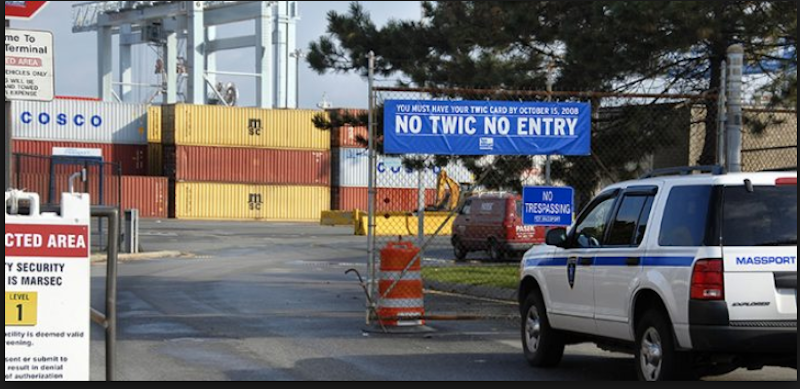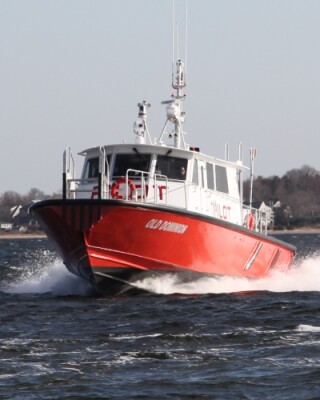In the August issue of WorkBoat, we revisit the controversial, reviled, useless, costly and burdensome (insert adjective here) Transportation Worker Identification Credential program.
It is in the headlines again (and D.C. correspondent Pam Glass writes about it in the next issue) because another TWIC regulatory deadline looms in August and mariners have been urging the Trump administration to curtail or abolish it as part of the president’s plan to trim federal regulations.
TWIC was created as a security enhancement program after the 9/11 terrorist attacks. As most of you know, it requires workers to pass background checks and be issued a biometric credential in order to have unescorted access to certain secure areas of the transportation system, including ports, maritime facilities and vessels.
Almost every mariner must carry a TWIC. I agree with them when they say (which mariners have been doing since its creation) that the card is a costly and unnecessary burden with little or no security value.
The program includes two parts (both bad, excessive and unneeded) — the TWIC card itself that’s issued to mariners, and the electronic readers used to inspect the cards. While the credentialing is largely complete, and renewals are already underway, the readers are just now coming into compliance.
A look at the docket for the Office of Management and Budget’s request for comments on “Maritime Regulatory Reform” reinforces the deep dislike mariners have for the TWIC program. One called it “a laughable waste of time and money for seafarers,” while others questioned TWIC’s security value and the quality of the background checks, asserting that requirements are so loose that “almost anyone can obtain one.”
“Basically, the entire (TWIC) program is completely useless, a waste of time and resources, and they do not make the ports any safer,” wrote John Nelson.
“This device has cost the transportation industry a tremendous amount of money and adds no value whatsoever,” wrote Stephen Banet of Wepfer Marine Inc. “Created and issued by the TSA, yet it is not accepted by the TSA as a valid identification to board an aircraft at an airport. I ask, what good has it done?”
Absolutely nothing.





